How to Choose a Car Wash Location
A new car wash can be one of the best business investments you can make — as long as you do it right.
Depending on the type you build, a car wash can offer a steady stream of cash flow with great tax benefits, no billing or collection problems and relatively little hands-on management. However, any type of car wash requires a significant up-front investment in brick and mortar. And choosing a car wash location is a critical factor in establishing a profitable business.
So how do you know how to pick a great car wash location?
Start with common sense.
Think about how and why most people use a car wash. For most, stopping at a car wash is not the primary destination of the day — it is something they do on the way to doing something else. That usually means on the way to do other shopping, but could it mean on the way home from work as well.
If the weather is hot, people might be willing to use a self-serve car wash. If it’s cold or they are wearing nice clothes, they will be much more likely to stop at an automatic wash.
Right there, with those little points in mind, you have begun the process of narrowing down sites for new car washes. Obviously, you will probably want a site that is near or on the way to popular shopping areas. And if you are investigating sites near higher-income households or in a colder climate — or both — you might want to lean strongly towards a site for an automatic wash.
Once you have picked out a parcel or two of land, there is one super-quick way to determine whether it’s worth a further look — is there a McDonald’s or some other successful fast-food chain nearby? If so, you might be onto a high-traffic destination shopping area that is worth a further look.
How to Pick a Great Car Wash Location
Let’s take a look at the points you will want to walk through to place your new business in a location that will give it the best chance for success.
Demographics
Demographics involves researching your potential customer base to find your ideal customers.
To do this, keep in mind that most people will not drive far to find a car wash. Because of this, most of your market will come from the population that lives within five to ten miles of your location.
To make the best decision, you will need to know what kinds of dwellings are in that radius — are they mostly single-family homes, or are there lots of apartments in the mix? Apartments are typically best because they indicate a dense population that often does not have much space at home to wash a car there.
Average household income is another key factor. Households with higher incomes will likely have more disposable cash to spend on services like a car wash and will be more likely to select luxury services like fully automated washes, interior vacuum attendants and expensive wax finishes.
You can research all sorts of local demographic information, including population density, housing types and household population, on the U.S. Census Bureau website. If you live in a relatively small town, just type the name of the town in the search field to see your town’s demographics.
You can also go deeper into the Census Bureau site to dig for information from smaller census tracts, or, if you are a relatively sophisticated researcher, you can log into the bureau’s Topologically Integrated Geographic Encoding and Referencing database, or TigerWEB, and create your own data maps.
Your local planning and zoning office is also often a good source for demographic data. Or you could hire a marketing company to create a report specifically for any location you want to consider.
Whatever you do, don’t skip this research skip. You need to know who you are trying to sell to before you invest in a new location.
Proximity to Commercial Areas
Weighing this factor will likely require some knowledge of your local traffic patterns.
An ideal location might be a corner right across the street from the local destination mall where everyone goes on the weekends. But the chances you’ll find sufficient land in such a prime spot for a workable price are slim.
Instead, you will probably want to position yourself on one of the main routes to a busy commercial area or two. However, be mindful of the next consideration — traffic — before you commit.
Traffic
This should be one of your prime considerations.
First and foremost, you will need to find a street that generates sufficient traffic flow to provide convenience and visibility to the largest number of drivers possible. The best sites for new car washes typically have a peak traffic count somewhere between 15,000 and 25,000 vehicles, although excellent demographics could make up for a somewhat lower count. A typical fast-food restaurant chain, by comparison, will likely require a traffic count of 20,000 or more, so if you see such establishments nearby, you might be in the right general area.
Traffic speed, density, and configuration are just as important as volume.
You don’t want to build on a street where traffic moves too fast or your customers will be reluctant to slow down enough to stop by. A speed limit somewhere between 25 and 45 mph is generally ideal. In the best of circumstances, your customers will be able to see your sign for at least 40 seconds before they have to make the decision to turn off the road or not.
Along with the traffic volume, consider the density. If cars are packed tightly on too-few lanes, your potential customers might not be able to maneuver quickly enough to turn into your car wash. If there is a concrete median down the center of the road, potential users might not be able to turn left into your establishment, or they may have to make a U-turn in order to do so. Since a car wash is generally more of an impulse buy than a destination, such traffic turn-offs could be a deterrent to your potential customer flow.
Lot Size, Configuration and Topography
Along with getting your customers into your car wash, you will also need to consider how they will get out. Industry experts suggest it’s best to have an entrance from a main road, with egress onto a less-busy side street. If the side street has a traffic light to allow stress-free access back onto the main road, so much the better.
For those reasons, a corner location is generally considered to be much better than a mid-block location.
Along with configuration, you need to have enough land to accommodate the type of car wash you plan to open. A full-service car wash, for example, will need ample room for cars to “stack,” or wait for service. While self-serve or express locations might require less stacking space, they will still require enough to accommodate your expected peak flow of customers. Otherwise, your tight lot will force potential clients to go elsewhere.
Topography may also be a consideration, particularly if you are considering a heavily sloped area. Steep slopes and low spots may require extensive groundwork, since you will need a relatively level spot for cars to stack and access your equipment. This can significantly raise your construction expenses, particularly if large retaining walls need to be built.
Infrastructure
The average car wash loses about 48,000 gallons of water per year and generates a great deal of outflow into the local sewage system, so you will need to make sure your site is within easy reach of hookups to local services that are sufficient to accommodate the business. In some towns, water usage is strictly limited and is tightly allocated. This might also be the case with access to the sewer system, so be sure to check with your local municipal engineering department to determine whether such limitations might put a cap on the size of your operation.
Zoning and Land-Use Rules
Once you have settled on a potential location or two, it is critical to check on the zoning and land-use rules that might apply to them.
Zoning rules vary widely by community, so a visit to your local planning department for a primer on the rules in your areas of interest will likely be in order.
Along with zoning, which allocates where an urban area’s commercial, high-density and low-density housing areas will go, don’t forget to ask about land-use rules. This can include everything from grading requirements to control water runoff to controls on potential light pollution and — most important of all — curb cuts. You might, for example, have uncovered the perfect corner lot to accommodate your operation, only to find that the city prohibits driveways, also known as curb cuts, within several hundred feet of an intersection, thus rendering access to your lot impossible or difficult.
Many urban areas also include landscaping requirements, which might mean you will have to reserve a certain portion of your lot for trees, shrubbery and other types of green space to soften the look of your car wash — all of which could cut into your building and stacking space.
Lighting can also cause issues, particularly in commercial zones that abut residences. Rules regarding lighting can take many forms, but you might, for example, be required to keep any overhead parking lot-type lights more than a certain distance away from the border between your lot and an apartment complex. Or you might be required to “hood” your lighting fixtures so they shine mostly down and don’t broadcast light widely.
If you have even a rough sketch of how you want to configure your car wash on a lot that has attracted your interest, a meeting with your local planning department might give you a good indication of the types of rules, restrictions and requirements you are likely to face.
Signage Rules
Closely related to land-use rules are signage rules. Many urban areas have specific rules that apply to signage in their commercial zones, and the rules may vary considerably depending on the type of commercial zone you are in. For example, there may be size limitations on your signs. You may be required to place them a certain distance from the street. You may or may not be able to use a lighted sign. And you may or may not be allowed to place movable signs, such as sandwich board signs, anywhere near the edges of your lot.
The most important consideration for you, of course, is visibility. As we have noted, your sign needs to be visible enough from a distance to give drivers about 40 seconds to decide whether they want to pull in for a car wash, and this is as true at night as it is in the daytime.
The importance of that may depend somewhat on where you are and who your clientele might be. For example, if you expect to draw a lot of business from people who are driving home from work to their apartments, nighttime visibility will be a factor. And it will be a much greater consideration if you live in a northern climate where wintertime darkness descends before a typical workday ends.
A meeting with your local zoning and land use department should give you a good idea of what the rules are and how they will affect your particular plans.
Competition
Finally, along with all the considerations that go into choosing a location, don’t forget to consider the level of competition you will face.
Consider, for example, that as a rule of thumb, an urban and suburban area with a population of 20,000 or so can comfortably support an eight-bay self-serve car wash. Your assessment, of course, can be loosened somewhat if you are building in a rapidly growing area. Consider whether the population will grow fast enough to keep your cash flowing on a consistent basis.
Return on Investment
In order to lay the proper foundation for a profitable business, it’s important to understand the investment needed for your site and its development. Given the heavy up-front development costs involved in building and equipping a car wash, this is the principal consideration in producing a profitable return on your investment, or ROI.
First, consider the potential revenues.
As of September 2016, the owner of a fully automated tunnel car wash can expect average annual revenues of about $686,000 at an average charge of $15 per car, according to Statistics Brain.
The owner of a much simpler self-serve wand or coin-op operation could expect revenues of about $41,000 per year on a two-bay operation that is busy about 10 percent of the time.
In order to generate a profit from such revenues, you will need to consider your land, development and construction costs accordingly, along with labor and maintenance costs once your car wash is up and running.
Your land and development costs are likely to account for a large portion of your ongoing expenditures. If you buy your land, most lenders will insist on 20 percent or more down with five- to 15-year amortization terms. You might be able to cut your monthly expenditures by leasing your land, depending on your area.
In general, for a simple high-pressure wand car wash, you should expect to spend about 35 percent of your total startup costs on land, 30 percent for the building and improvements, another 25 percent for equipment and 10 percent on miscellaneous fees and charges. Equipment costs for more sophisticated operations will obviously chew up a larger proportion of your costs.
Build With the Best
To bring your project to completion, it’s important to team with the best. New Horizons provides solidly built, beautiful glass automated and self-service models that can suit any circumstance and our experts know how to help you start a carwash. Mockup drawings are available to help with your site planning and meetings with planners and building officials. New Horizon’s offers many other expert services as well. To learn more about how to start a carwash business or designing your own customizable clear glass structure, contact New Horizons today.
Call Now: 800-537-8231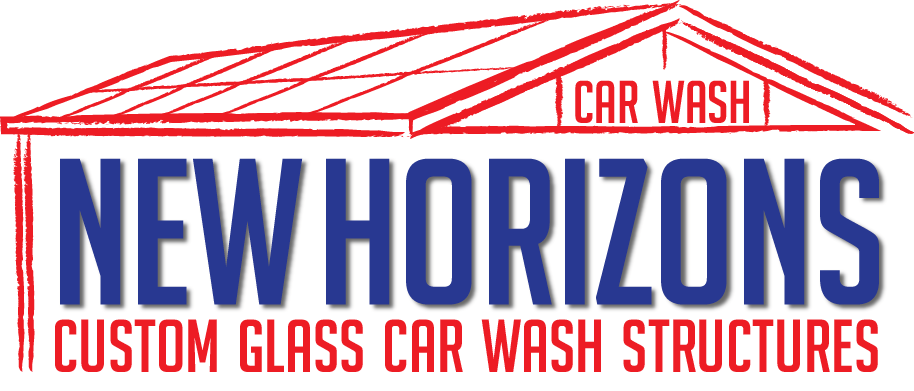
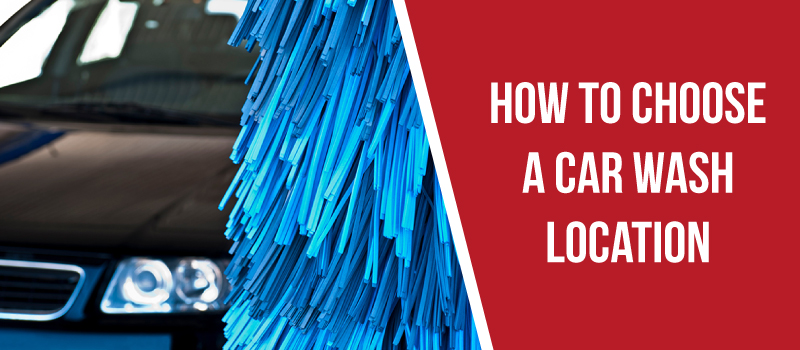
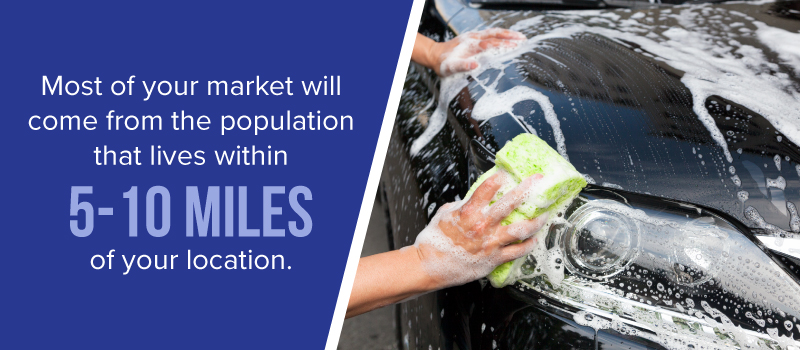
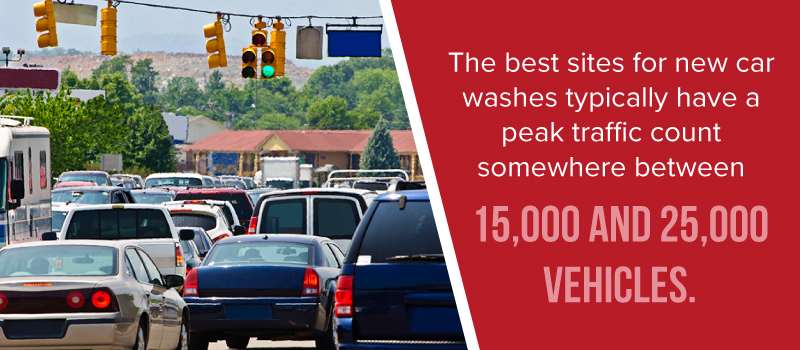
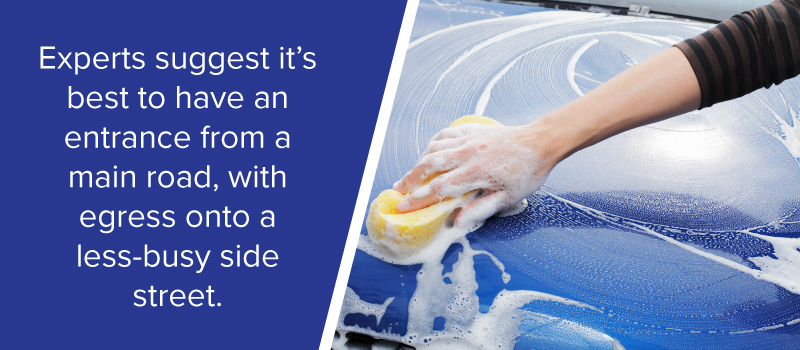
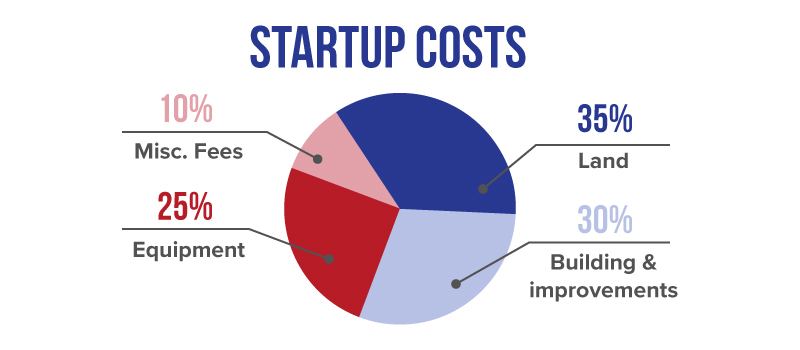
 D5 Creation
D5 Creation